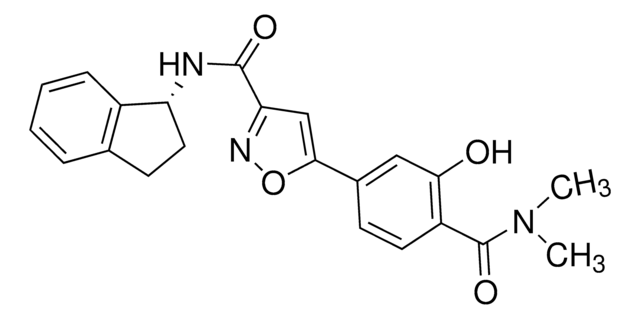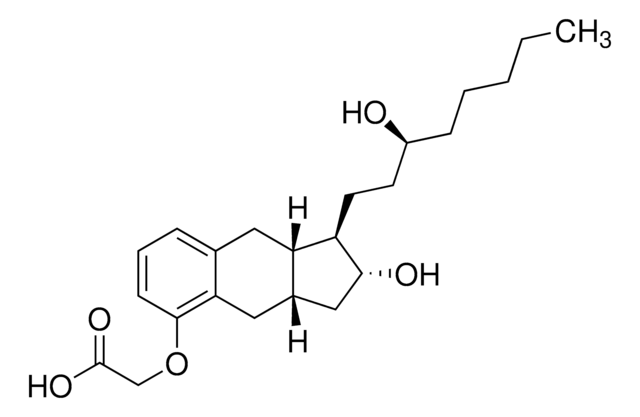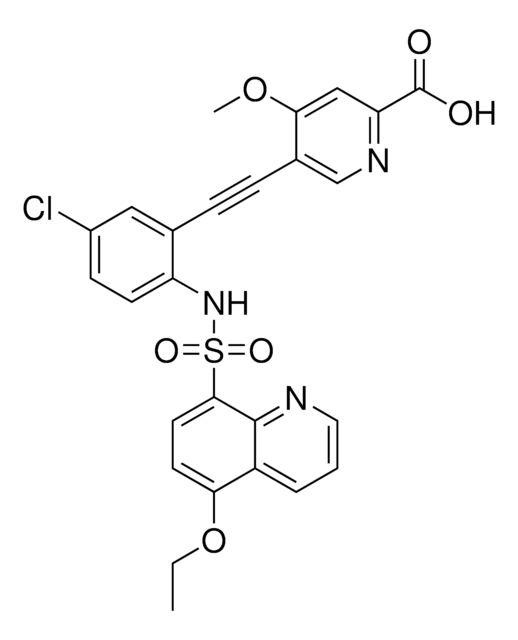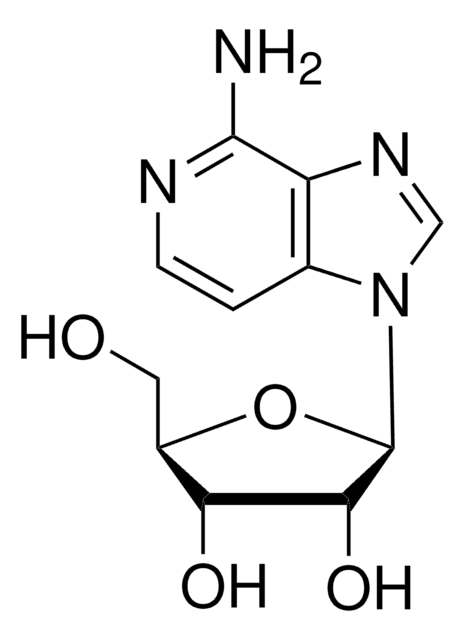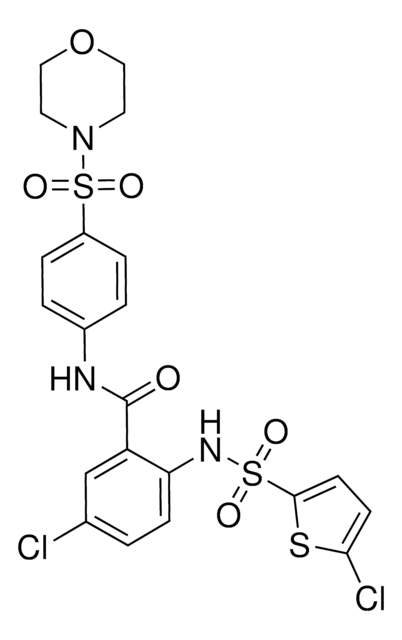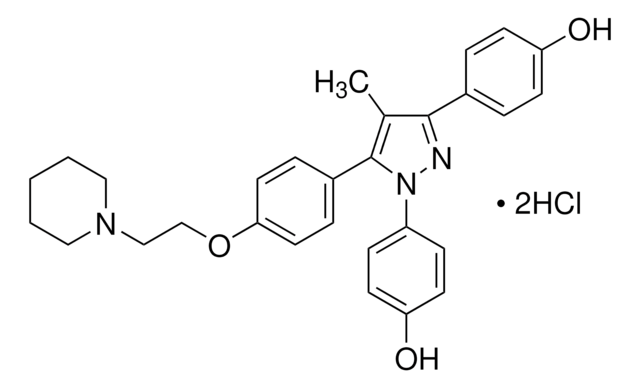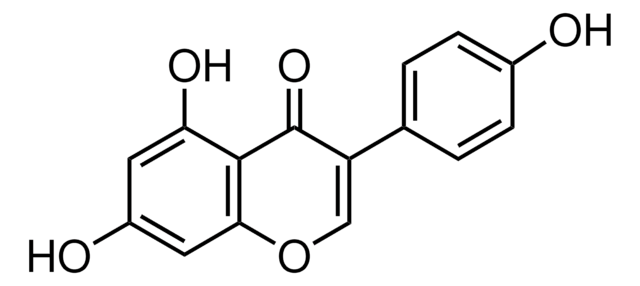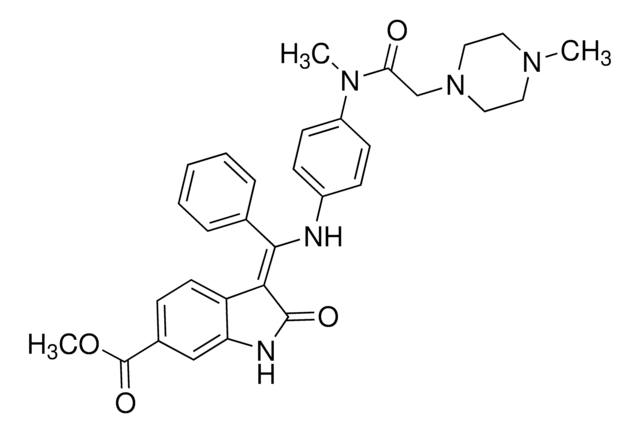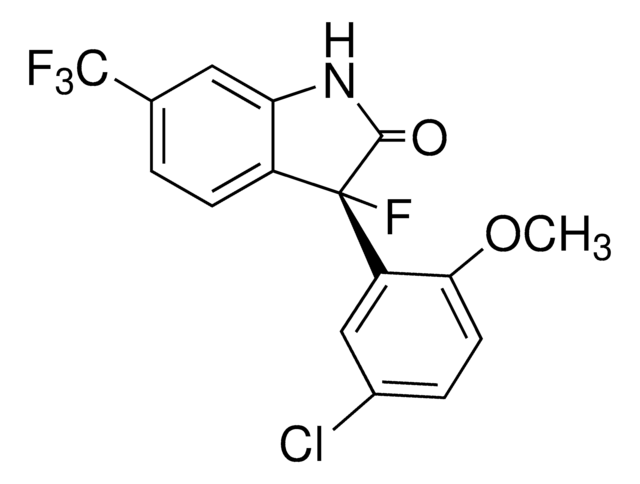Kluczowe dokumenty
SML2121
A-33
≥98% (HPLC)
Synonim(y):
2-(4-{[2-(5-Chlorothiophen-2-yl)-5-ethyl-6-methylpyrimidin-4-yl]amino}phenyl)acetic acid, 2-[4-[[2-(5-Chloro-2-thienyl)-5-ethyl-6-methyl-pyrimidin-4-yl]amino]phenyl]acetic acid, 4-[[2-(5-Chloro-2-thienyl)-5-ethyl-6-methyl-4-pyrimidinyl]amino]-benzeneacetic acid, A33
About This Item
Polecane produkty
Próba
≥98% (HPLC)
Formularz
powder
kolor
white to beige
rozpuszczalność
DMSO: 2 mg/mL, clear
temp. przechowywania
2-8°C
ciąg SMILES
O=C(O)CC1=CC=C(NC2=NC(C3=CC=C(Cl)S3)=NC(C)=C2CC)C=C1
Działania biochem./fizjol.
Kod klasy składowania
11 - Combustible Solids
Klasa zagrożenia wodnego (WGK)
WGK 3
Wybierz jedną z najnowszych wersji:
Certyfikaty analizy (CoA)
Przepraszamy, ale COA dla tego produktu nie jest aktualnie dostępny online.
Proszę o kontakt, jeśli potrzebna jest pomoc Obsługa Klienta
Masz już ten produkt?
Dokumenty związane z niedawno zakupionymi produktami zostały zamieszczone w Bibliotece dokumentów.
Nasz zespół naukowców ma doświadczenie we wszystkich obszarach badań, w tym w naukach przyrodniczych, materiałoznawstwie, syntezie chemicznej, chromatografii, analityce i wielu innych dziedzinach.
Skontaktuj się z zespołem ds. pomocy technicznej